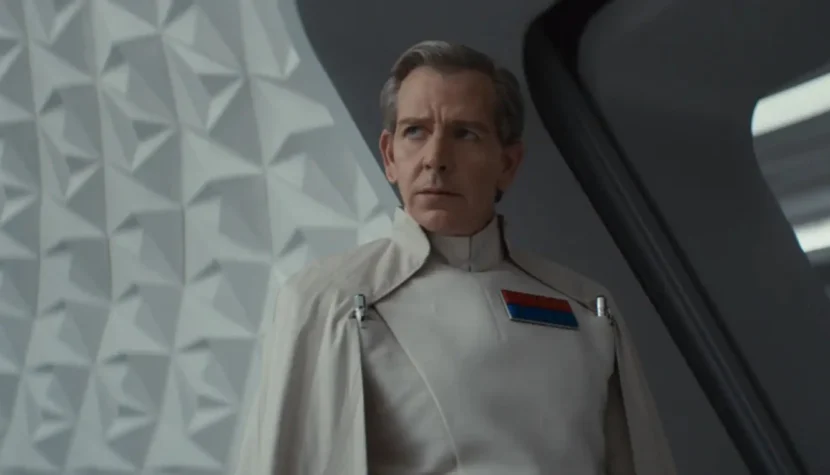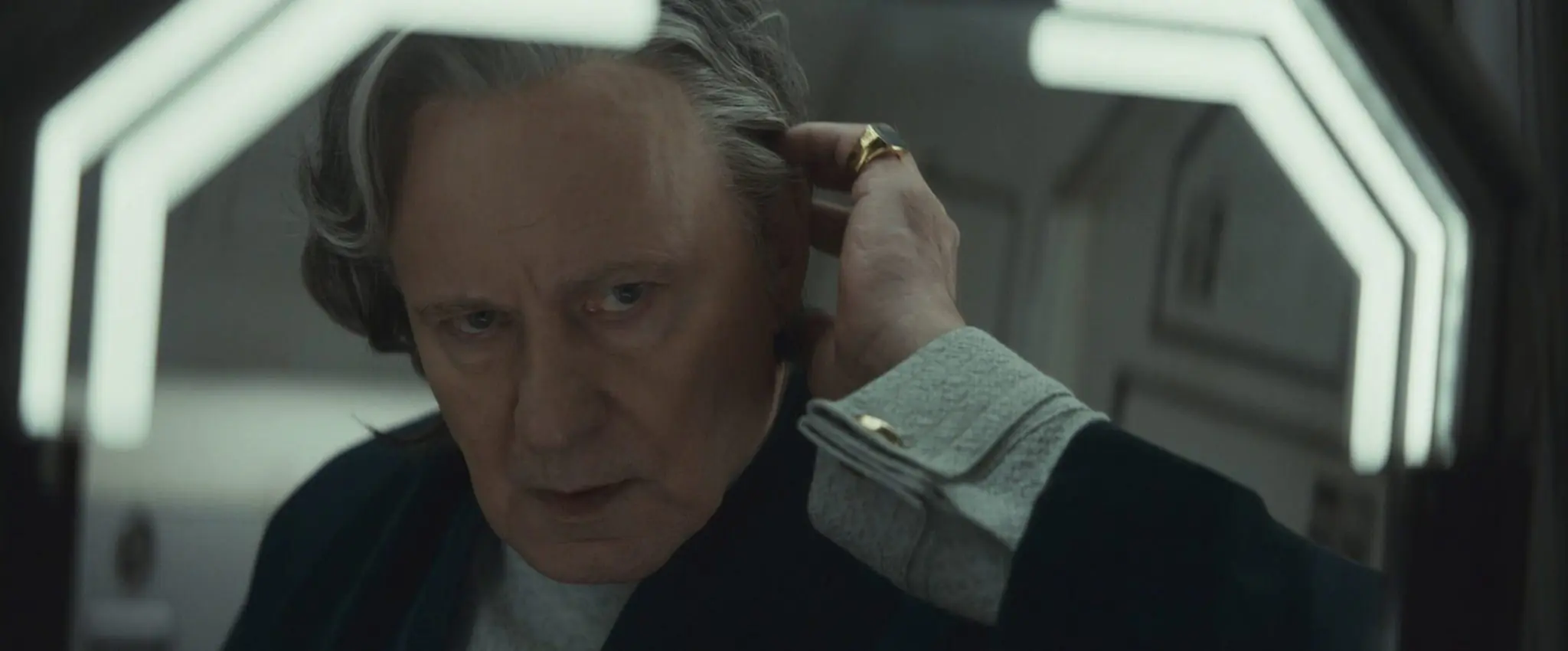ANDOR. S2. A Star Wars Psychodrama [REVIEW, Episodes 10–12]

Written by Jedrzej Paczkowski
The moment has come – after a long wait, we’ve finally reached the finale of Andor, which, as the creators promised, leads directly into the opening scenes of Rogue One. Although the bar was set high after the first season, over the past few weeks Tony Gilroy and his team of writers have consistently proven that they are the right people for the job and know exactly where to take this story about the turbulent beginnings of the Rebellion. Let’s not forget, however, that the Star Wars fandom has a habit of elevating creators to pedestals only to mercilessly knock them down later – something Jon Favreau, for example, has painfully experienced in recent years. So the question is: did this final installment of the series live up to the sky-high expectations of the fans?
Those hoping for more fireworks after the emotional rollercoaster of recent episodes may feel disappointed. The finale unfolds in a much calmer, elegiac tone. While there are two nerve-racking sequences, for the most part, the characters are caught in moments of introspection. Cassian and company reflect on the path they’ve taken so far and question the meaning of their past sacrifices. This melancholic tone is echoed in the visual layer as well – the rebel base on Yavin, the streets of Coruscant, and the interiors of Imperial offices suddenly transform into liminal spaces that reflect the characters’ isolation.

These aesthetic and narrative choices are justified, though. From the very beginning, Tony Gilroy’s series placed its characters and their dilemmas at the forefront, with action scenes – though expertly staged – serving more as narrative scaffolding than the main attraction. Throughout the season, in parallel with Cassian’s ideological transformation, we’ve also seen the gradual unmasking of the so-called “fanatics” – Luthen and Kleya on one side, Dedra and Syril on the other. As the series approaches its end, the circumstances naturally lend themselves to introspection and confronting the past. The number of “players” on both sides of the conflict has dwindled significantly, and the once-distant specter of the Death Star has now become terrifyingly real.
The creators show the characters at a kind of tipping point – just before the most important mission (stealing the Death Star plans), at a moment of extreme uncertainty. After all, one can never be sure whether the reports of a secret Imperial weapon aren’t just a trap for the Rebels. The entire finale plays out with a sense of nervous anticipation of the enemy’s strike. Against that backdrop, brief moments of tenderness and emotional release hit all the harder – a knowing smile exchanged between allies, a bit of ironic banter, or a quiet scene of comrades sharing a drink. At the same time, it becomes clear just how much the risky concept of spreading the second season’s action over several years has paid off. The time jumps, rather than being a distraction, only added credibility to the characters’ inner transformations; meanwhile, the sound of the Ferrix gong opening each batch of episodes served as a metronome ominously counting down the time to the events of Rogue One.

Although the Rebels’ greatest trial still lies ahead, Tony Gilroy has every right to declare total victory. Andor, like its titular character, has come a long way – from a project no one was really anticipating three years ago, to becoming the last flicker of hope for Star Wars. Importantly, even though the series clearly challenges previous entries in the saga, it hasn’t turned its back on them. Gilroy’s success lies in skillfully introducing fresh elements into a familiar world – in such a way that the rare moments of triumph (or fan service) hit with even greater force. No matter where the franchise goes next – or which films and series we end up debating over – the lasting impression left by Andor is something no one can take away from us.

